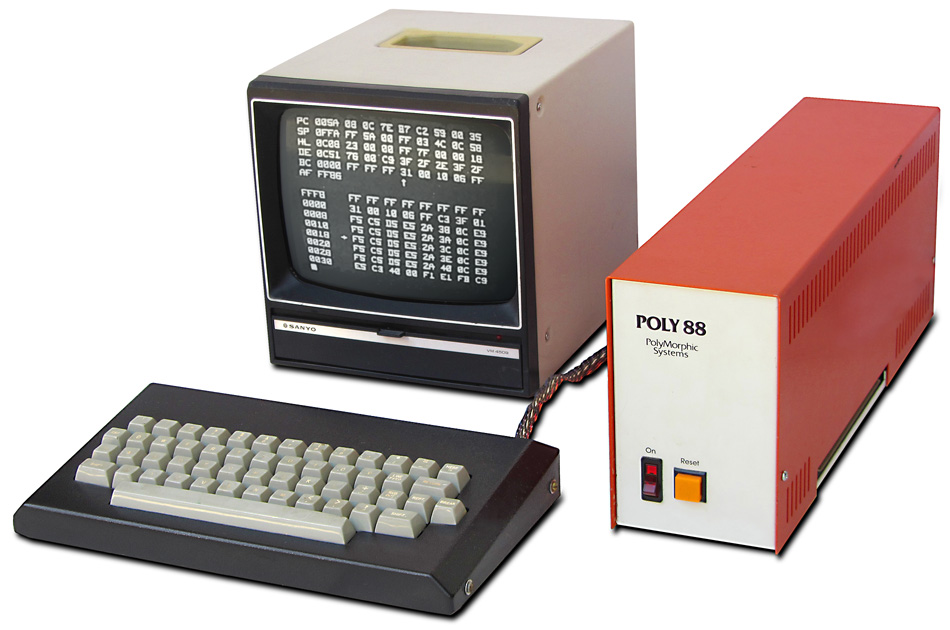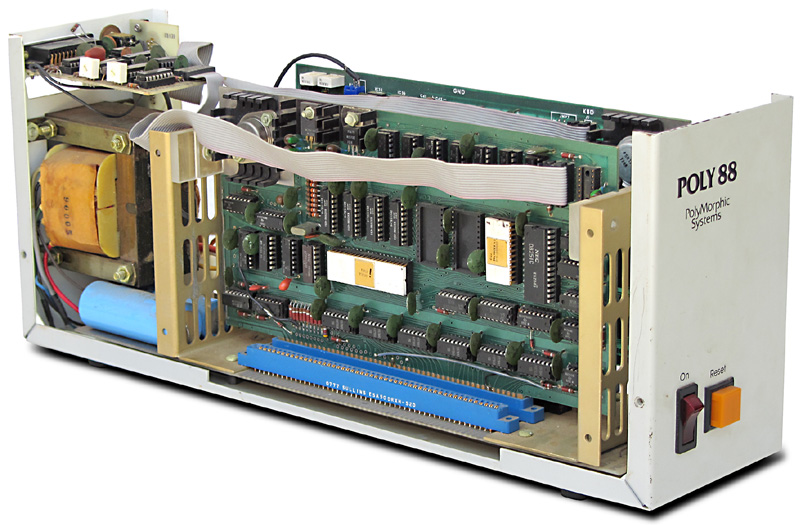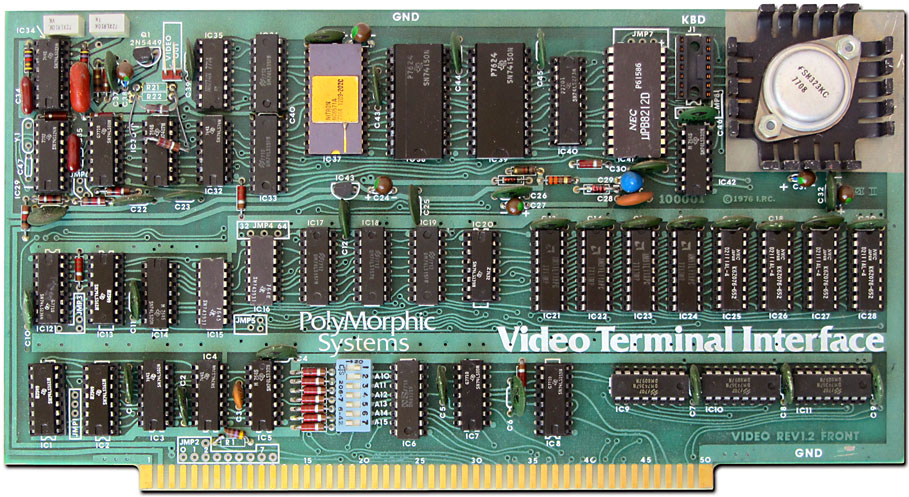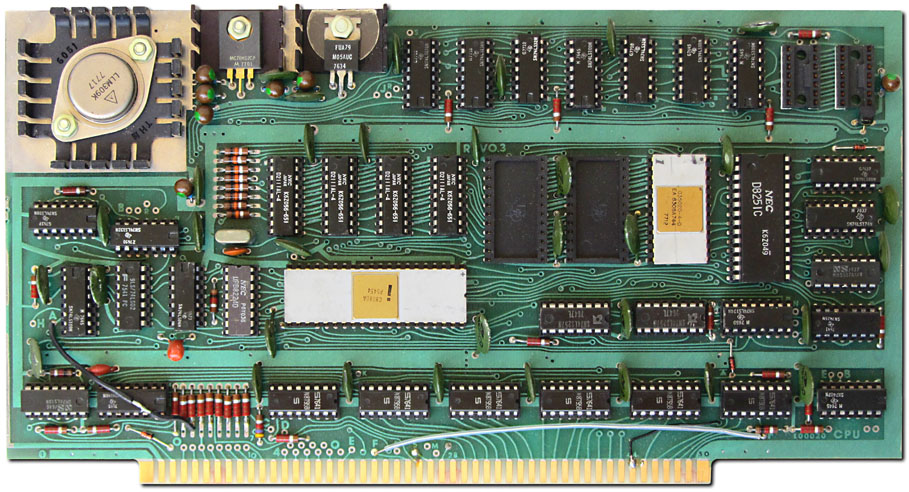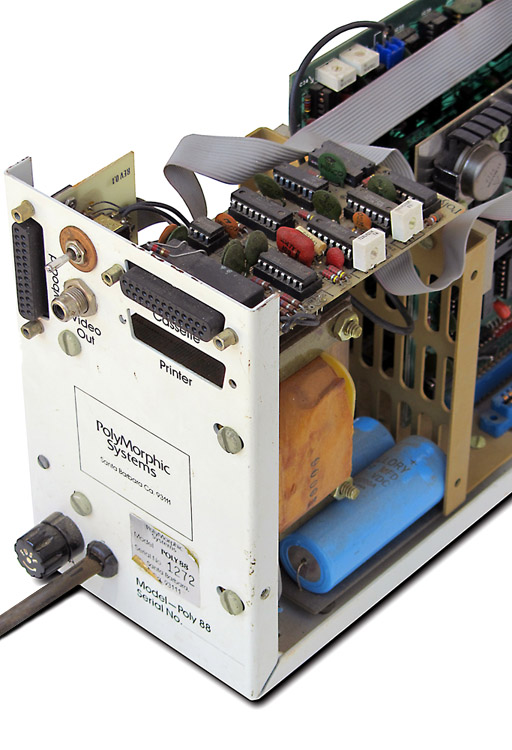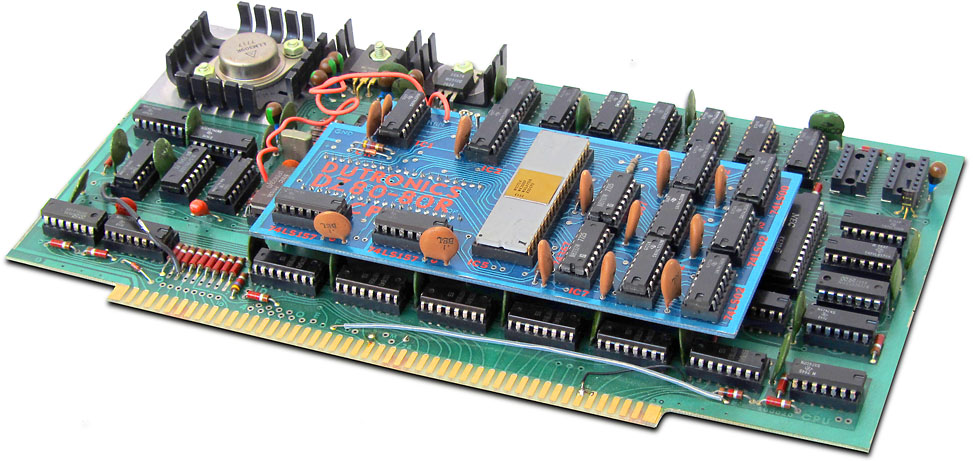|
|---|
| PolyMorphic Systems Poly-88 |
| Manufacturer | PolyMorphic Systems |
| Model | Poly-88 |
| Released: | April 1976 |
| Price: | $595 to $1,750 |
| CPU: | Intel 8080A @ 1.84MHz |
| Memory: | 512B-16K RAM |
| Display: | 32 x 16 text, 128 x 48 graphics |
| Ports: | Optional printer, cassette |
| Storage: | Cassette tape |
| OS: | Assembly, BASIC |
| |
|
